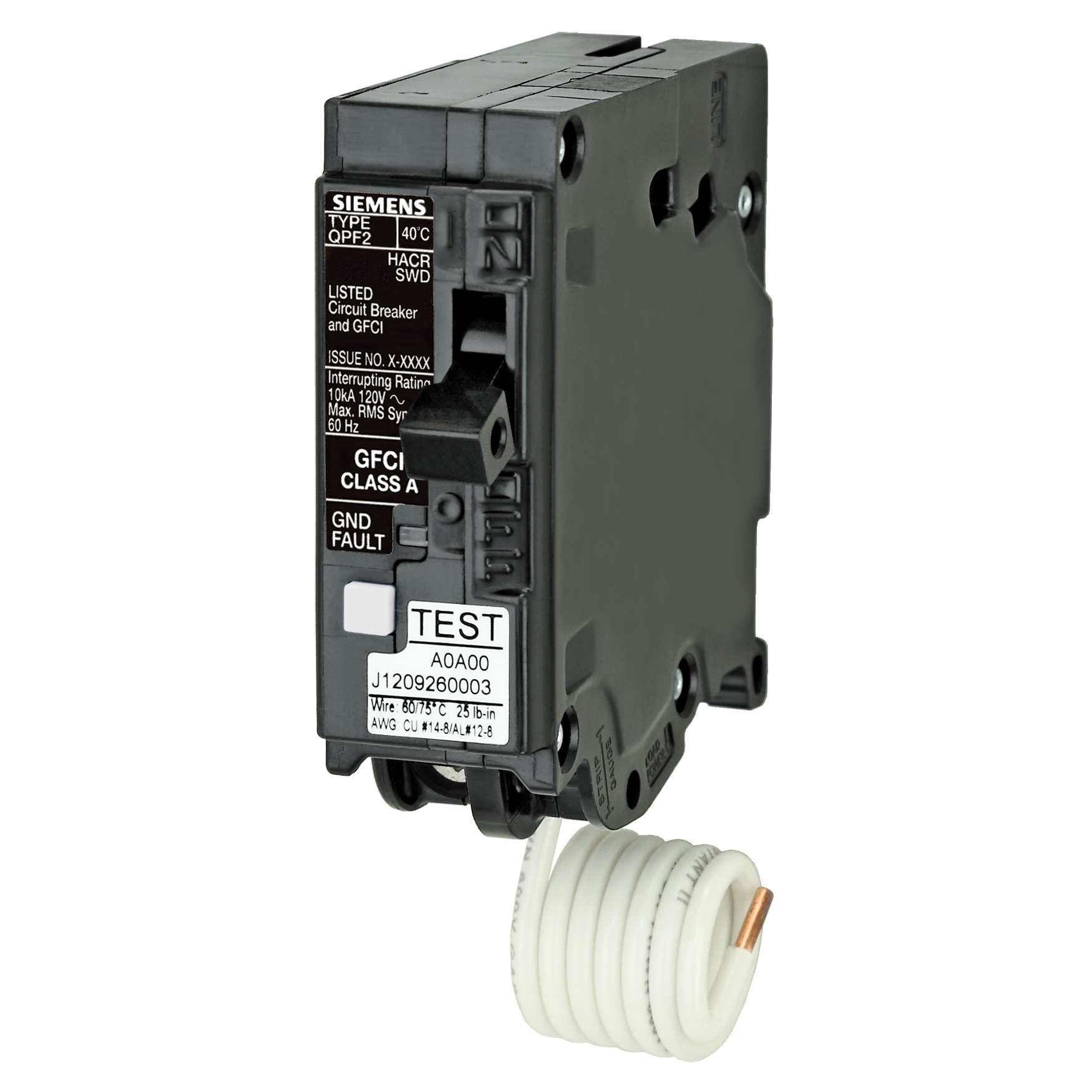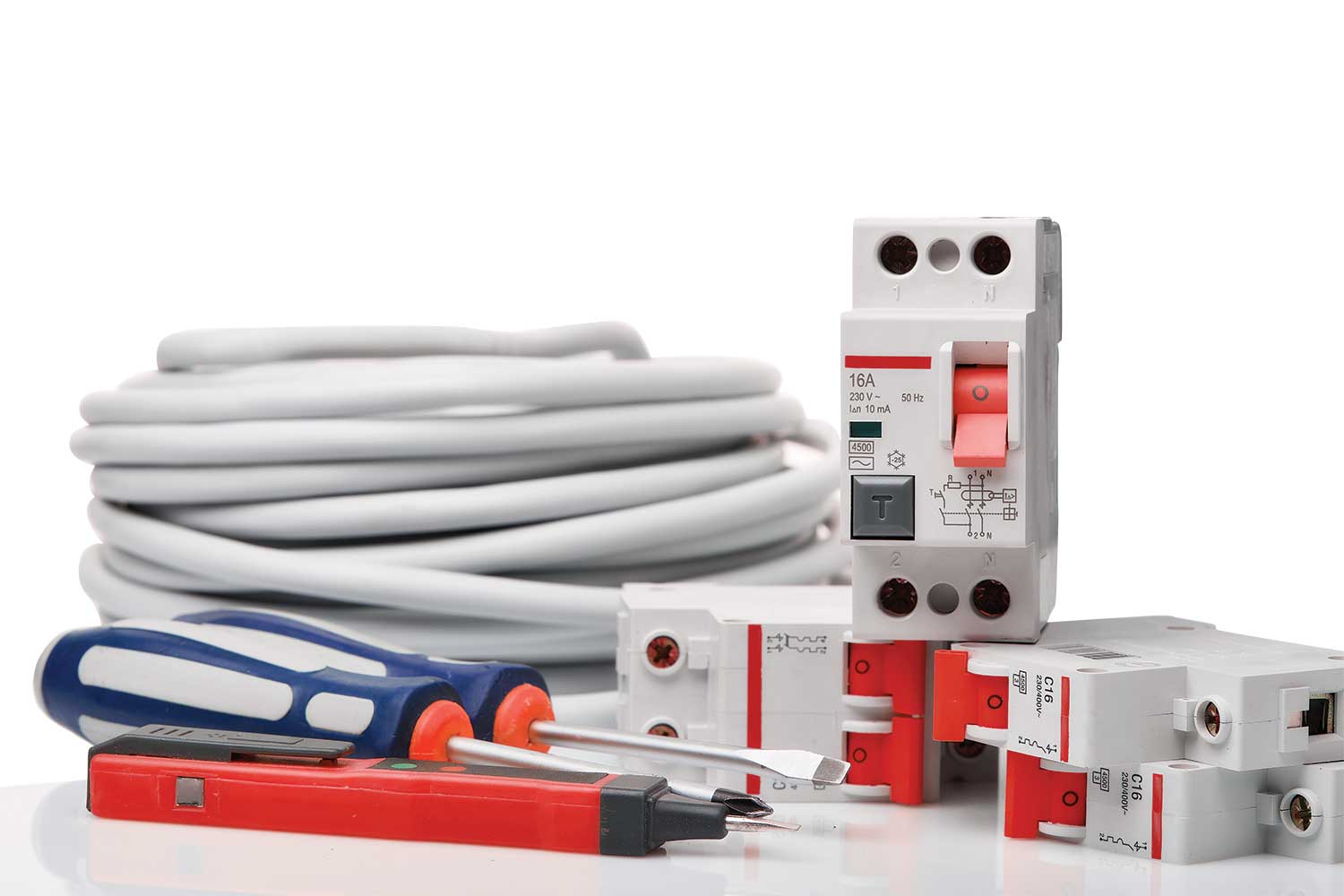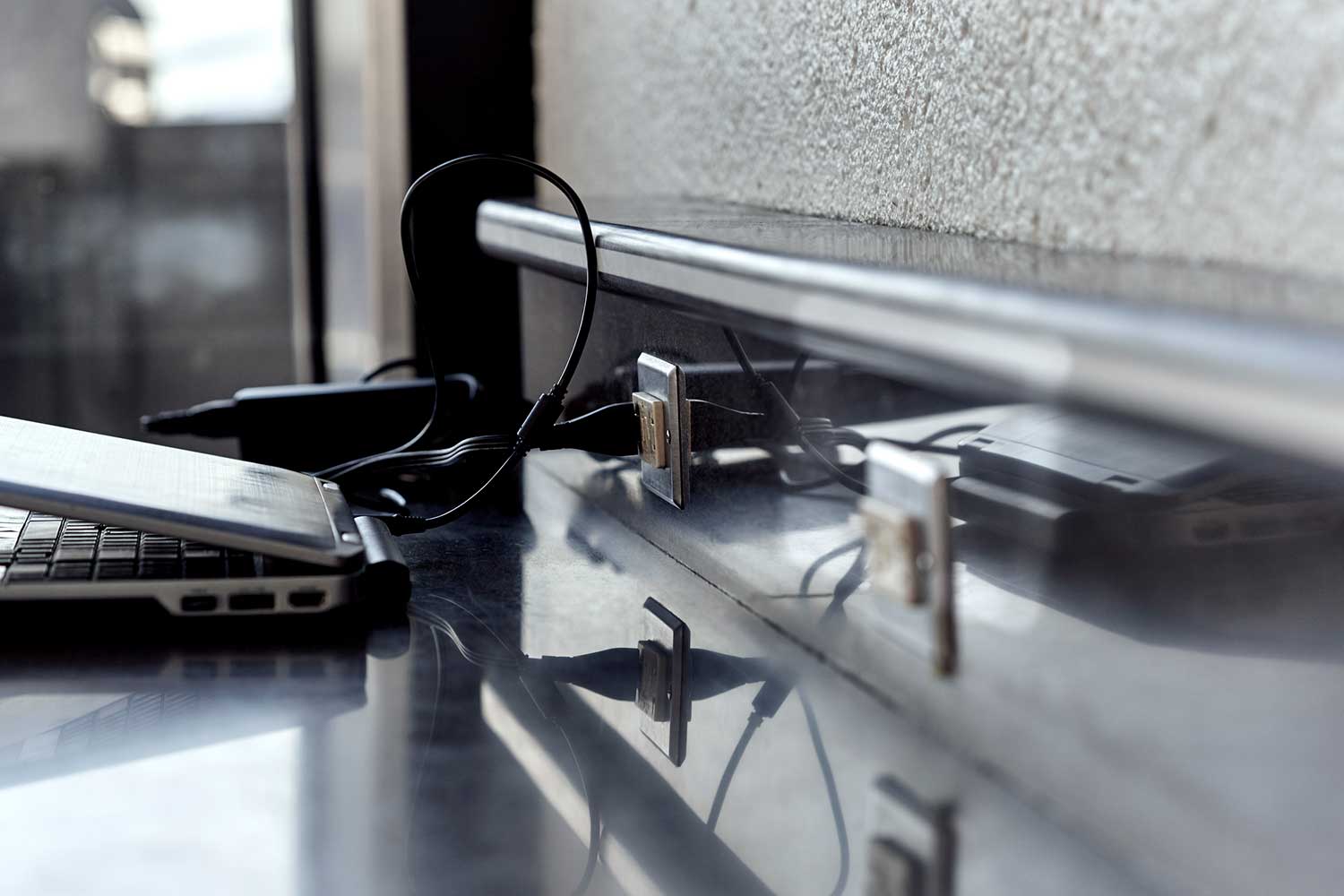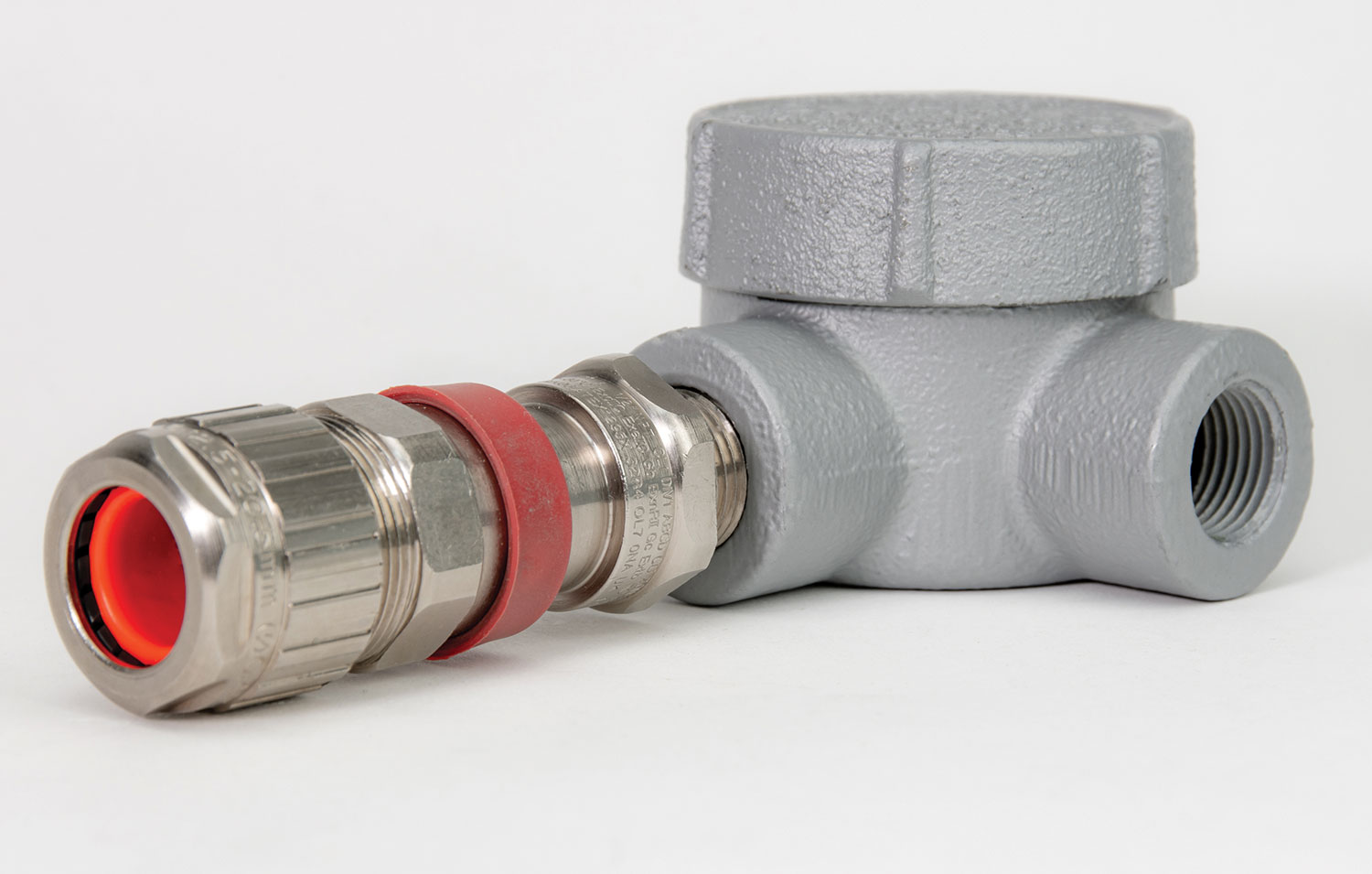Kitchen islands have been getting bigger and bigger for years. How big does the island need to be to require more than one receptacle outlet to be installed? The 2020 NEC requirements answer that question.
Let's discuss the importance of GFCI technology, how to properly install a GFCI circuit breaker, and the expansion of GFCI requirements per the 2020 NEC.
Many industrial processes use electrically powered heat trace systems. Installers with little experience in this application think that heat trace cable is used to keep water pipes from freezing, but this is just the beginning.
Here is a quick navigation guide to Section 210.8 of the 2017 National Electrical Code and the 2020 National Electrical Code.
Some installers of electrical equipment have a bit of difficulty in differentiating ground fault circuit interrupters and ground-fault protection. And what is the difference between a typical overcurrent protective device and a ground-fault circuit interrupter?
To play this GFCI quiz, you need a sharp eye, a quick mind, and a 2020 National Electrical Code book. The 2020 NEC can be accessed for free at nfpa.org/70.
Applying proper mitigation ideas for reducing flood loss in electrical systems will not only reduce future damage but also aid recovery after flooding.
During a disruption in electrical service, there are various responsibilities that the utility and homeowner have regarding safe delivery of electricity. This sometimes-contentious issue involves a defined term found in Article 100 of the 2017 National Electric Code (NEC) known as the “service point.” Which begs the question, “How well do you know your electrical service point?”
These voltage drop formulas are based on conductor DC resistance values and are viewed as generally acceptable for voltage drop calculations.
Wiring methods for Class I, Division 2 locations are addressed in Section 501.10(B) of the NEC. Here, in addition to those wiring methods that are permitted for Class I, Division 1 installations in Section 501.10(A), the NEC covers other wiring methods that are permitted for Class I, Division 2.










